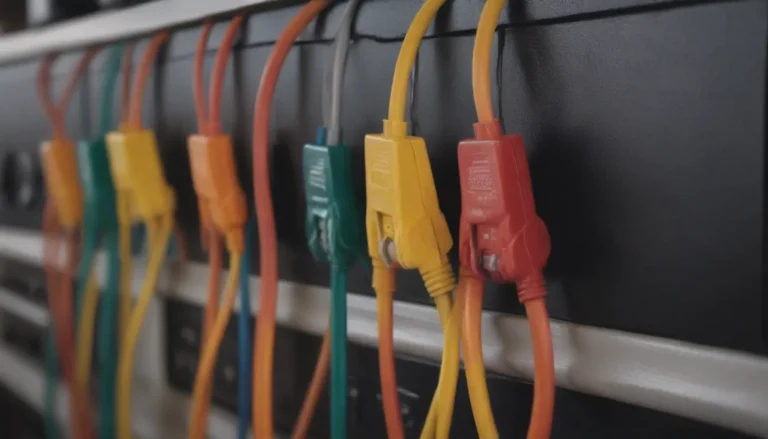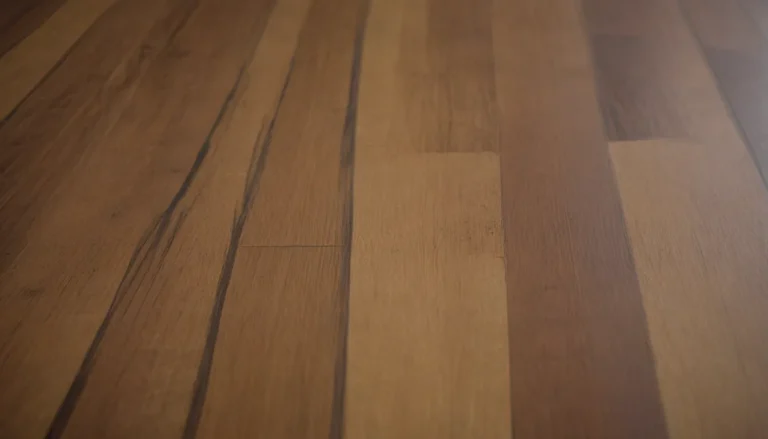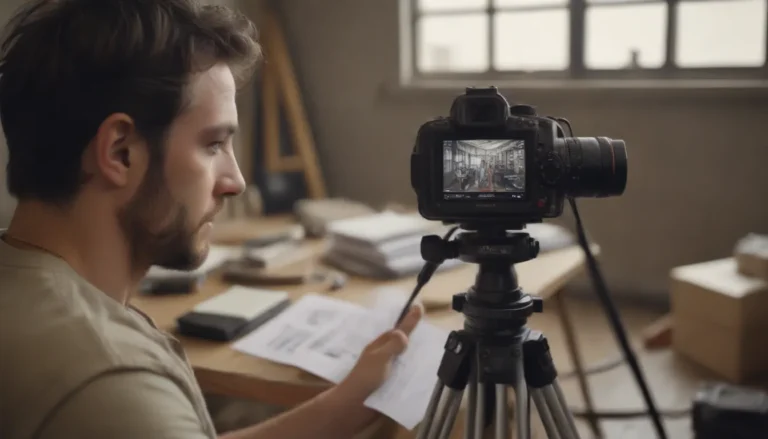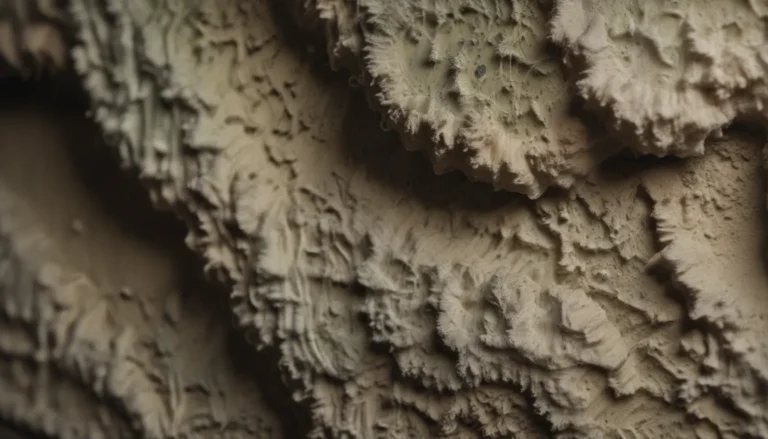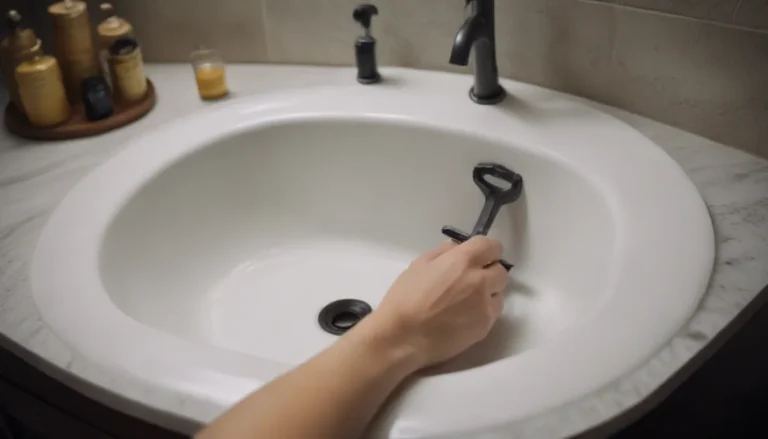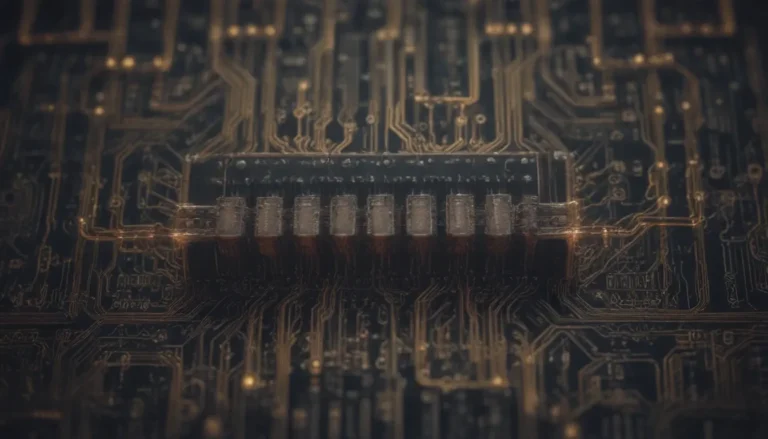The Ultimate Guide to Fiber Cement Siding: Everything You Need to Know
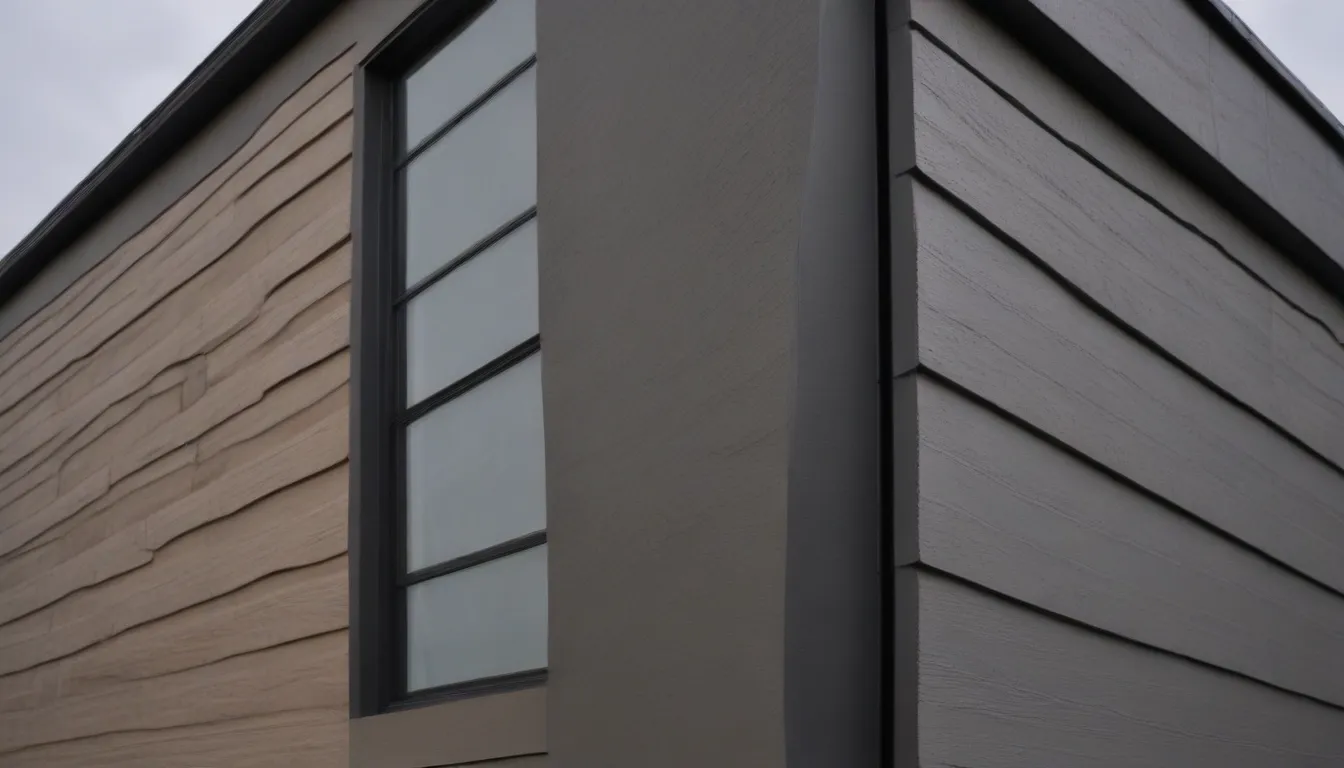
Have you ever considered upgrading your home’s exterior with fiber cement siding? This versatile material has been gaining popularity among homeowners for its durability, low maintenance, and attractive appearance. In this comprehensive guide, we will delve into all the important aspects of fiber cement siding, including its benefits, disadvantages, characteristics, cost, installation, eco-friendliness, and more. Whether you’re looking to enhance the curb appeal of your home or simply seeking a long-lasting siding option, fiber cement siding might be the perfect choice for you.
What Is Fiber Cement Siding?
Fiber cement siding is a durable and low-maintenance material commonly used to cover the exterior of houses and commercial buildings. It is composed of cellulose fibers, cement, and sand, making it incredibly sturdy and long-lasting. This siding material can mimic the look of wood grain or stucco, offering a versatile aesthetic appeal.
What Is Fiber Cement Siding Made Of?
Different manufacturers may use varying ingredients to make fiber cement siding, but the core components usually include Portland cement, sand or fly ash, water, and cellulose fibers or wood pulp. Some manufacturers may also add proprietary ingredients for enhanced durability and binding properties.
Benefits of Fiber Cement Siding
- Durable and Low Maintenance: Fiber cement siding is resistant to rot, insects, and fire, making it a long-lasting and low-maintenance option for homeowners.
- Insulating: This siding material offers some insulating properties, helping to regulate the temperature inside your home.
- Attractive Appearance: With a variety of textures available, fiber cement siding can mimic traditional wood siding or achieve a clean, modern look.
- Fade-Resistant: Unlike some other siding materials, fiber cement siding retains its color well over time.
- Does Not Require Repainting: While it can be painted, fiber cement siding typically maintains its color for many years without needing repainting.
Disadvantages of Fiber Cement Siding
- Cost: Fiber cement siding can be more expensive than other siding options, with an average cost of around $10 per square foot.
- Prone to Mold: If not properly maintained, fiber cement siding can be susceptible to mold growth.
- Heavyweight: The weight of fiber cement siding can make installation challenging, especially for DIY projects.
- Environmental Impact: The production of cement, a key component of fiber cement siding, is energy- and water-intensive and generates CO2 emissions.
- Brittle and Dusty: Fiber cement siding can be brittle and produce fine silica dust during installation, which can be harmful to breathe in.
Characteristics of Fiber Cement Siding
Styles
- Fiber cement board is available in planks, shingles, and sheet form, offering versatility in installation options.
- Textures range from wood grain patterns to smooth planks and stucco textures, providing aesthetic flexibility for homeowners.
Sizes
- Planks typically range from 4 to 11 inches in width, while shingles come in various lengths. Sheets are available in different panel sizes for different applications.
Cost
- The national average cost of fiber cement siding, including materials and installation, is approximately $15,000. Prices may vary based on the size of your project and the quality of materials used.
Durability and Maintenance
- Fiber cement siding is highly durable and resistant to fire, insects, rot, and salt damage.
- The material is impact-resistant and can be painted if desired, with prepainted options available.
- Regular maintenance involves washing the siding every six to 12 months with mild soap and water.
Installation
- Professional installation is recommended due to the weight and complexity of fiber cement siding.
- DIY installation is possible with the use of siding gauges to ensure proper placement and nailing.
- Half of the overall cost of fiber cement siding typically goes towards installation.
Eco-Friendliness
- Fiber cement siding is not recyclable and can release fine silica dust during production.
- Some manufacturers have taken steps to reduce environmental impact by using recycled materials, low-VOC compounds, and recaptured water during processing.
Vinyl Siding vs. Fiber Cement Siding
When comparing vinyl and fiber cement siding, consider factors such as cost, weight, durability, insulation, installation ease, and environmental impact to determine the best option for your home.
Tips for Selecting Fiber Cement Board
- Research the cost of fiber cement siding installation in your area to budget accordingly.
- Consider the sustainability of fiber cement siding and look for eco-friendly options from reputable manufacturers.
- Seek professional guidance from sources like HomeAdvisor and Green Building Canada to make informed decisions about your siding project.
In conclusion, fiber cement siding offers a durable, low-maintenance, and attractive solution for homeowners looking to upgrade their home’s exterior. By understanding the benefits, disadvantages, characteristics, and installation requirements of fiber cement siding, you can make an informed decision about whether this material is the right choice for your home. With proper maintenance and consideration of environmental factors, fiber cement siding can provide long-lasting protection and aesthetic appeal for your property.
